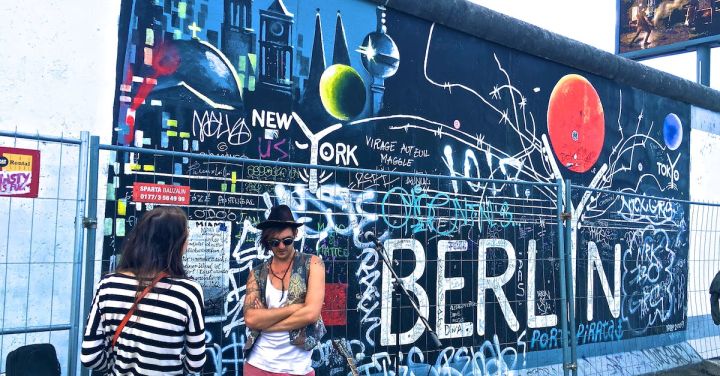The advent of railways in the 19th century brought about a paradigm shift in the world of art. This new mode of transportation revolutionized not only the way people traveled, but also the way they perceived and depicted the world around them. From the steam engines that powered the locomotives to the bustling train stations, railways became a significant source of inspiration for artists of the time. The impact of railways on modern art was profound and far-reaching, influencing artistic movements and transforming the way artists approached their craft.
The railways provided artists with a novel perspective on movement and speed. The sight of a locomotive hurtling down the tracks at breakneck speed fascinated artists and pushed them to explore new ways of capturing motion in their work. The Impressionists, for example, sought to depict the fleeting nature of light and movement, much like a train rushing past. Their loose brushstrokes and vibrant colors were a direct response to the visual experience of a train in motion. The railways not only influenced the subject matter of art but also the techniques employed by artists.
Railway stations, with their grand architecture and bustling crowds, became a popular motif in modern art. Artists were drawn to the dynamic energy and sense of anticipation that permeated these spaces. The works of artists like Claude Monet and Edouard Manet captured the atmosphere of train stations, portraying the hustle and bustle of everyday life, the intermingling of different social classes, and the excitement of travel. These paintings not only celebrated the railways as symbols of progress and modernity but also reflected the changing social fabric of the time.
Railways also played a pivotal role in the development of urban art. As cities grew and expanded with the advent of the railways, artists were inspired by the modernity and industrialization that accompanied this rapid urbanization. The geometric lines of railway tracks and the steel structures of bridges and viaducts became integral elements of urban landscapes, which artists sought to capture in their paintings. The works of artists such as Robert Delaunay and Fernand Léger exemplify this fascination with the urban environment and its connection to the railways.
Furthermore, the railways facilitated the exchange of artistic ideas and the dissemination of new artistic movements. Artists were able to travel more easily, visit galleries and museums in different cities, and connect with fellow artists from diverse backgrounds. This cross-pollination of ideas resulted in the emergence of new artistic movements such as Futurism and Vorticism, which embraced the dynamism and speed of the modern age. These avant-garde movements rejected traditional forms and sought to capture the essence of the railway age through their bold and fragmented compositions.
In conclusion, the impact of railways on modern art cannot be overstated. From influencing the way artists depicted movement to inspiring new artistic movements, railways transformed the art world in the 19th and early 20th centuries. The railways provided artists with a fresh perspective on the world, pushing them to experiment with new techniques and subject matter. Moreover, the railways facilitated the exchange of ideas and the growth of urban art. Ultimately, the railways not only changed the way people traveled but also revolutionized the way artists saw and portrayed the world.
